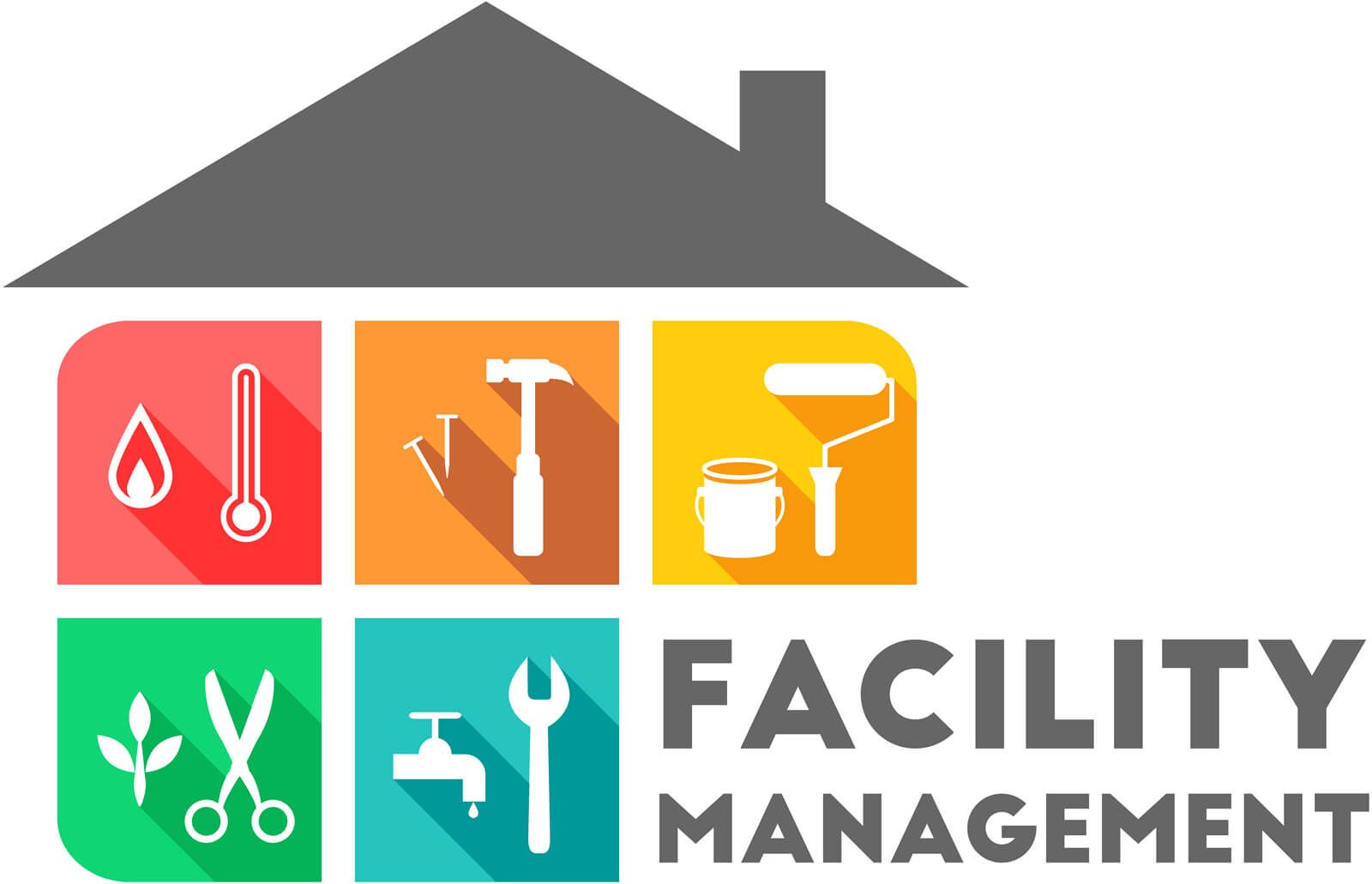How Total Facility Management Can Boost Operational Efficiency and Lower Costs
How Total Facility Management Can Boost Operational Efficiency and Lower Costs
Blog Article
Top Benefits of Total Facility Management for Streamlined Procedures
Total Facility Management (TFM) represents a strategic technique to improving functional performance by incorporating different solutions, such as upkeep and safety, under a unified management framework. The question continues to be: what certain advantages can organizations harness from taking on TFM, and exactly how might these advantages transform their functional landscape?
Improved Functional Performance
Boosted operational performance is a primary benefit of carrying out total facility management (TFM) methods. TFM includes a comprehensive approach to taking care of a facility's resources, procedures, and facilities, ultimately improving operations. By combining numerous services-- such as maintenance, cleansing, room, and security management-- TFM boosts and minimizes redundancies sychronisation among different functional functions.
The integration of modern technology further amplifies this performance. Advanced facility management systems give real-time data analytics, allowing facility supervisors to make educated choices that boost workflow and source appropriation. Anticipating upkeep techniques, for instance, anticipate tools failings before they happen, reducing downtime and prolonging possession life expectancy.
In addition, TFM promotes standard processes across various departments, ensuring consistency and high quality in solution distribution. This harmony lowers functional disruptions and fosters a more collaborative workplace. Consequently, employees can concentrate on their core responsibilities, driving performance and enhancing general performance.

Expense Decrease and Savings
Executing total facility management (TFM) not just boosts functional effectiveness however also significantly adds to cost reduction and financial savings. By settling numerous solutions under a solitary management structure, organizations can eliminate redundancies and simplify procedures, thereby reducing operational prices. TFM enables better purchase techniques, allowing firms to negotiate bulk purchasing agreements with distributors and service companies, resulting in lower costs.
Furthermore, TFM stresses preventive maintenance, which lessens unforeseen break downs and extends the lifespan of vital devices. This proactive strategy not just decreases repair work prices but also enhances the reliability of facilitiess, ensuring uninterrupted operations. In addition, energy effectiveness efforts, often a key focus of TFM, cause considerable financial savings on utility costs, as facilitiess are optimized for decreased power intake.
Improved Resource Management
Efficient resource management is a foundation of total facility management (TFM), making it possible for companies to maximize making use of their properties and workforce. By carrying out TFM approaches, organizations can thoroughly evaluate their source allotment, ensuring that every property is utilized efficiently and effectively. This holistic strategy enables the identification of underperforming sources and the potential for reallocation or enhancement.
On top of that, TFM helps with the assimilation of modern technology for real-time surveillance of sources, which aids find in anticipating maintenance requirements and preventing pricey downtime. By leveraging data analytics, organizations can make enlightened decisions about resource implementation, eventually enhancing performance and minimizing waste.
In addition, TFM promotes a society of continuous improvement, motivating teams to regularly assess and fine-tune their resource management techniques. Total Facility Management. This positive position not only minimizes functional disturbances but additionally cultivates development, as employees are equipped to suggest renovations based on their direct experiences with source application
Streamlined Interaction Networks
In total facility management, streamlined communication networks play a vital duty in cultivating cooperation and performance throughout teams. Efficient communication guarantees that all stakeholders, including facility supervisors, upkeep personnel, and solution providers, are straightened with business objectives and operational demands. By establishing clear lines of communication, teams can swiftly attend to concerns, share updates, and execute solutions, thus reducing downtime and improving efficiency.
With systematized communication systems, details is conveniently obtainable, allowing for real-time updates on maintenance demands, resource appropriation, and project timelines. This transparency not only lowers misconceptions but also equips employees to view it now make enlightened choices quickly. Streamlined interaction assists in better coordination throughout emergencies, ensuring that all workers are notified and can respond quickly.

Increased Emphasis on Core Activities
A crucial benefit of total facility management is the boosted emphasis on core tasks, permitting organizations to concentrate on their primary organization goals - Total Facility Management. By contracting out non-core features such as cleansing, upkeep, and protection, companies can reroute their resources and energy in the direction of critical campaigns that straight add to their competitive advantage and growth
Total facility management integrates different operational tasks under a single umbrella, cultivating effectiveness and lessening redundancy. This combination not only streamlines procedures but additionally enhances accountability, making certain that every aspect of the facility runs sympathetically without diverting interest from what genuinely matters-- core company functions.
Moreover, this method makes it possible for employees to devote their effort and time to tasks that drive innovation and improve customer fulfillment, as opposed to getting bogged down by operational challenges. With a reliable facility management companion managing daily procedures, companies can achieve greater agility, respond quickly to market adjustments, and click to read preserve a sharper focus on their objective.
Eventually, enhanced emphasis on core activities leads to boosted overall efficiency, permitting companies to enhance their market position and accomplish their critical goals better. - Total Facility Management
Final Thought
In final thought, Total Facility Management significantly enhances functional effectiveness by combining important solutions and leveraging information analytics for notified decision-making. Cost reductions and improved resource management contribute to general cost savings, while streamlined communication channels foster collaboration among stakeholders.
Total Facility Management (TFM) represents a calculated approach to improving functional performance by incorporating numerous services, such as upkeep and security, under a unified management framework.Improved functional efficiency is a key advantage of carrying out total facility management (TFM) techniques. Advanced facility management systems supply real-time information analytics, enabling facility supervisors to make educated choices that enhance operations and resource allowance.Executing total facility management (TFM) not only improves operational efficiency yet likewise significantly adds to cost decrease and savings.Reliable source management is a foundation of total facility management (TFM), allowing companies to maximize the usage of their properties and labor force.
Report this page